Register for free and continue reading
Join our growing army of changemakers and get unlimited access to our premium content

The results of several studies seeking to answer that question have been published this month and, here, edie rounds up all the key facts and stats from this research.
There are a whole host of reasons why ESG has become increasingly something of a business buzzword in recent years. The growing global net-zero movement is compelling businesses to update their climate plans, while factors including physical risks, customer pressure and investor engagement are prompting increases in ambition across wider corporate environmental approaches.
And, on the social and governance sides of the piece, the fact that the Covid-19 pandemic has highlighted and widened social inequalities has prompted a rethink of the purpose of the corporation beyond its profits for shareholders.
While businesses are beginning to respond to these demands, it is often argued that responses do not go far enough in the face of the scale of global environmental and social challenges. If they did, critics argue, the tide would be turning on issues such as global heating, plastic pollution, nature loss and social inequality. Much criticism is aimed at the producers of ESG frameworks and rating systems as well as corporates themselves, with the situation often described as a “wild west”.
This is a criticism often levied at investors. Nonetheless, there has been a groundswell of investor interest that has laid the foundations for a stronger ESG approach. The Investment Association and BNP Paribas’
With all of this in mind, edie has rounded up the key facts and stats from three recent pieces of research into corporate ESG adoption. These findings provide a snapshot of how businesses are framing ESG, which related topics they plan to invest in and how they are measuring the financial and non-financial benefits of a more purpose-led approach.
The below statistics are from a study by sustainability consultancy and solutions provider Alcumus. The business polled senior managers representing 621 businesses across the UK, the US and Canada, in an even split.
The below statistics are from a study by hybrid data cloud firm Cloudera, which surveyed 2,213 business decision-makers, 400 IT decision-makers and more than 8,600 knowledge workers globally.
The below statistics are from a study by risk and compliance management software and services company NAVEX. NAVEX polled 1,250 managers and executives working at large companies, with an even split between those working in the US, the US, France and Germany.
Sarah George
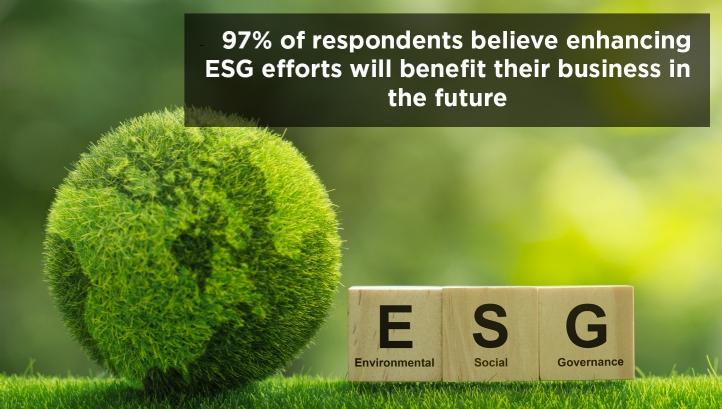
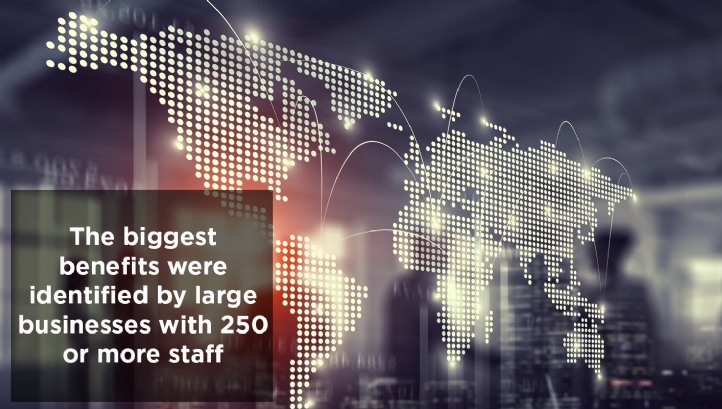

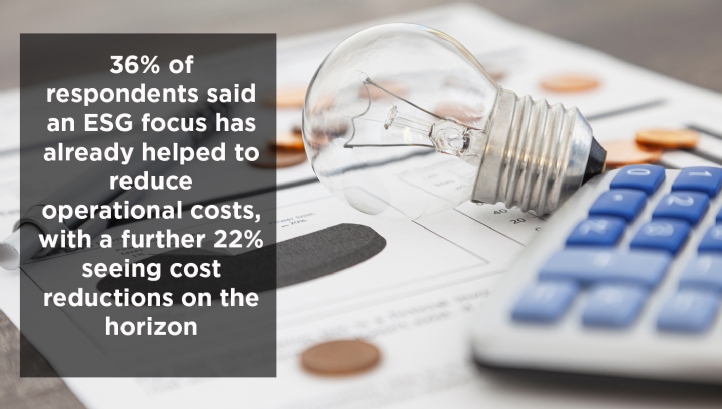

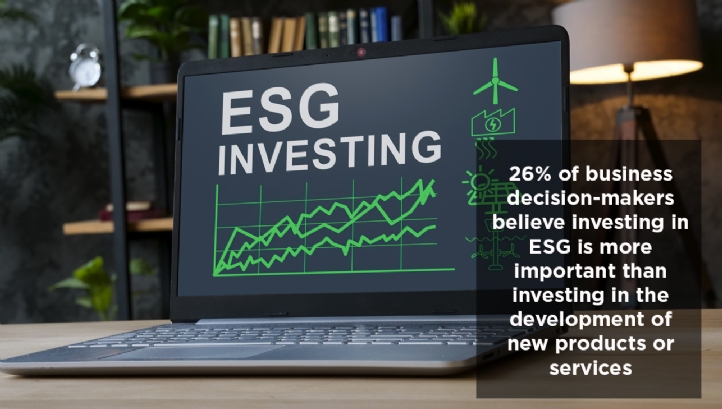

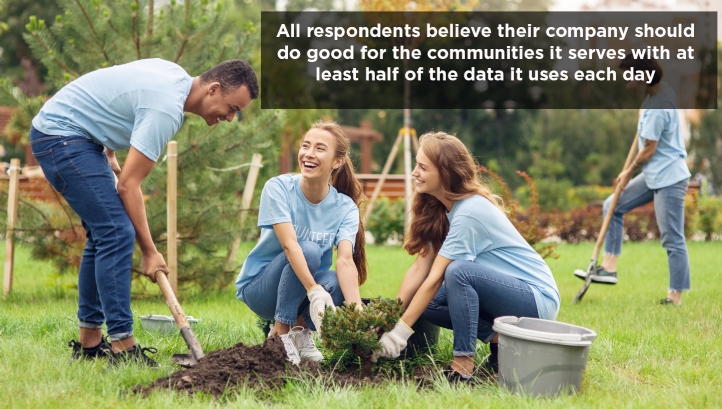






Please login or Register to leave a comment.